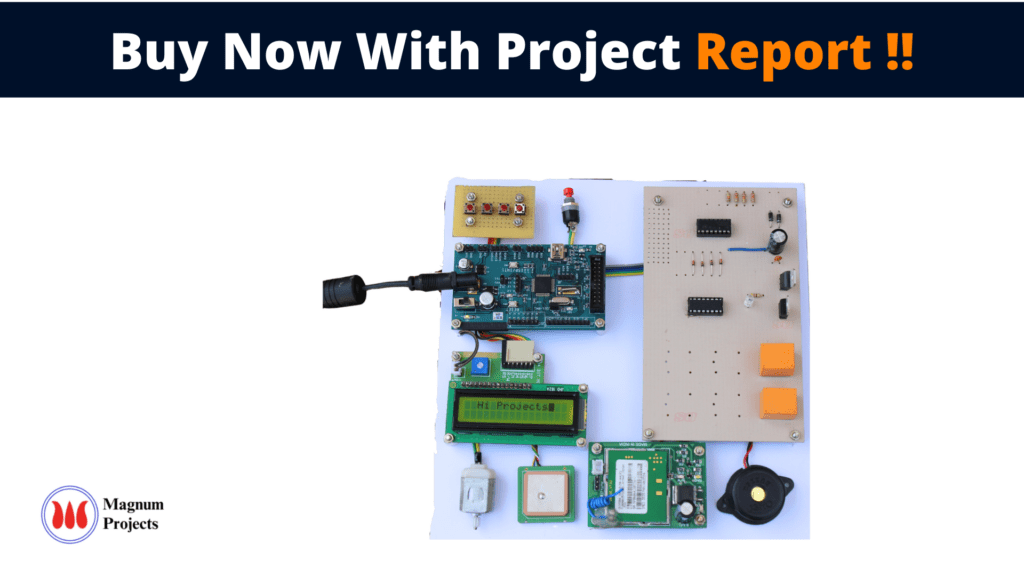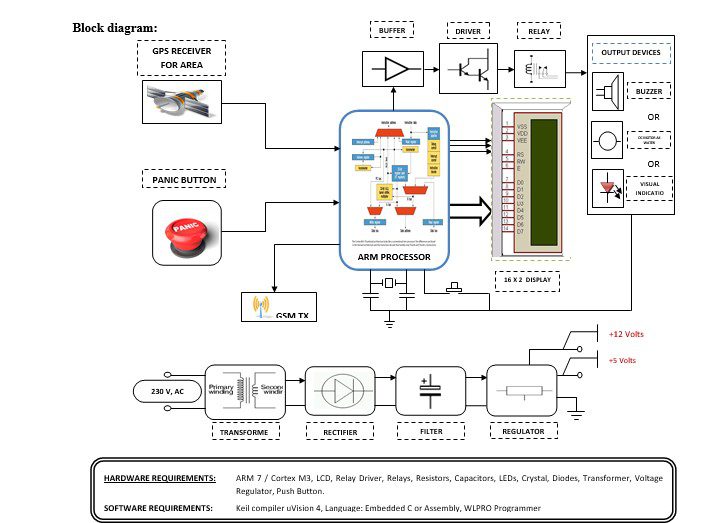Table of Contents
Introduction:

Safety is a basic human need. Not only do people wish to keep themselves and their families safe, one of the most human of acts is to come to the assistance of another in a moment of threat or accident. Across societies and socio-economic classes, the mobile phone is fast becoming intrinsic to safety. Not only are mobile phones pervasive, they are, like eyeglasses, generally worn on human bodies or kept nearby. By being ready-to-hand, if a person encounters a potentially unsafe place or situation, or happens across an accident, the mobile phone can become an instrument for improving safety. At the same time, in some situations, the use of mobile phones may occasion moments of vulnerability and an overreliance on its safety functions may undermine a person’s overall resilience, especially if the phone malfunctions. In situated use, moreover, the mobile phone can be seen as ambiguous, in purpose and form. The computational and representation capacities of mobile phones are multifaceted, suitable for pleasure, for commerce, among other purposes. In addition, the form of the mobile phone can also be transformed to suggest varying purposes. Related to safety, this ambiguity can be seen in technological adaptations. For example, in one direction, when onboard instruments detect poor driving or an accident, the car can become a mobile phone with communication functions; in the reverse, the physical form of a mobile phone can cunningly conceal a real gun. In a different vein, when the mobile phone is held in particular ways it can be perceived by others as a Panic switch.

Block diagram explanation :
Power supply unit:
This section needs two voltages viz., +12 V & +5 V, as working voltages. Hence specially designed power supply is constructed to get regulated power supplies.
GPS module:
This is a GPS Receiver (5V Serial) with high gain having 4 Pin 2.54mm pitch strip. The third-generation POT (Patch Antenna on Top) is used by the receiver for the GPS module. It can be interfaced with normal 5V ARM7 with the help of the in-built 3V-5V converter. The interfacing is made easier with the help of a low pin count (4-pin) strip. The 4 Pins are 5V, TX, RX, and GND. This standalone 5V GPS Module does not require external components. It consists of an internal RTC Back up battery and can be directly connected to the USART of the ARM7.
The current date, time, longitude, latitude, altitude, speed, and travel direction / heading among other data, are provided by the module and can be used in many applications including navigation, fleet management, tracking systems, mapping, and robotics. The module can support up to 51 channels. The GPS solution enables small form factor devices which deliver major advancements in GPS performance, accuracy, integration, computing power, and flexibility. They are used to simplify the embedded system integration process.
GSM:
GSM Shield (SIM 900a): The SIM900 which is a complete Quad-band GSM/GPRS solution comes in a SMT module that can be embedded in customer applications. Featuring an industry-standard interface, the SIM900 delivers GSM/GPRS 850/900/1800/1900MHz performance for Data, voice, SMS, and Fax in a small form factor and with low power consumption. SIM900 can fit almost all the space requirements in the M2M application with dimensions of 24mm x 24mm x 3 mm. SIM900 is designed with a very powerful single-chip processor integrating AMR926EJ-S core. Quad-band GSM/GPRS module with a size of 24mmx24mmx3mm, SMT type suit for customer application, An embedded Powerful TCP/IP protocol stack Based upon the mature and field-proven platform, backed up by our support service, from definition to design and production.
NOTE: Modem may change.
ARM processor:
ARM is a computer processor-based RISC architecture. A RISC-based computer design approach means ARM processors require significantly fewer transistors than typical processors in average computers. This approach reduces costs, heat, and power use. The low power consumption of ARM processors has made them very popular:
The ARM architecture (32-bit) is the most widely used in mobile devices, and the most popular 32-bit one in embedded systems.
ARM processor features include:
- Load/store architecture.
- An orthogonal instruction set.
- Mostly single-cycle execution.
- A 16×32-bit register.
- Enhanced power-saving design.
Buffers:
Buffers do not affect the logical state of a digital signal (i.e. a logic 1 input results in a logic 1 output whereas logic 0 input results in a logic 0 output). Buffers are normally used to provide extra current drive at the output but can also be used to regularize the logic present at an interface.
Drivers:
This section is used to drive the relay where the output is the complement of input which is applied to the drive but the current will be amplified.
Relays:
It is an electromagnetic device that is used to drive the load connected across the relay and the o/p of the relay can be connected to the controller or load for further processing.
Indicator:
This stage provides a visual indication of which relay is actuated and deactivated, by glowing respective LED or Buzzer.
Methodology:
Given the complexity of homeless young people’s circumstances introduced above, we took a deliberately exploratory approach. We did not want to commit to tightly focused research instruments; rather, we sought to develop instruments that would allow us to bind the design space broadly and that would lend themselves to adaptation as the work unfolded. For instance, we did not define the value of “safety,” instead we provided instruments that we hoped would allow participants to reveal their perceptions and experiences of safety. In addition, we sought to involve a wide spectrum of stakeholders, including homeless young people, service providers, police officers, and community members. Thus, we needed to accommodate their unique characteristics by collecting data in different contexts. Finally, while the empirical work was to provide significant stand-alone data on homeless youth, mobile phones, and safety it was also undertaken to inform future co-design activities. Whenever a person will in a dangerous situation if he presses the panic switch then the ARM collects a current location and sends it to a related receiver it may be a police station or may be family.
Advantages:
- Anyone can go anywhere with more security.
- Avoids women’s rape.
- Culprits can be easily found and can be punished
- Consumes less power
- Provides very accurate data via GPS.
- Allows the remote location of assets from anywhere there is cellular Service.
- Facilitates simple asset recovery and tracking.
Disadvantages:
- The only thing that is clear about constitutional protections for location-based service information is the lack of clarity.
Applications:
- It can be used to safeguard women in critical conditions.
- It can be used to detect vehicles under theft.
- It can be employed for tracking any movable objects.
- Fleet control.
- Stolen vehicle searching.
- Animal control.
- Rape control.
- Espionage/surveillance.




